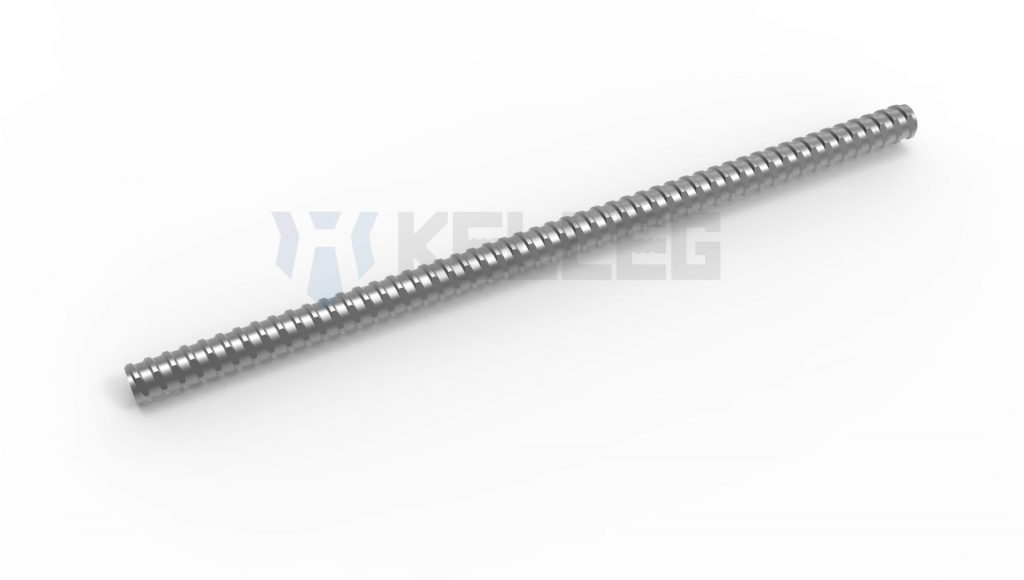2020 官网升级中!现在您访问官网的浏览器设备分辨率宽度低于1280px请使用高分辨率宽度访问。
With the continuous development of cities, threaded rods are used more and more widely as building materials. Threaded rod is a kind of high-strength composite material containing silicon and manganese, which is mainly used in large water conservancy projects, continuous beams and large frame structures in industrial and civil buildings, highway and railroad bridges with large and medium spans, nuclear power plants, and ground anchors. Because the safe use and maintenance of threaded rods are directly related to people’s life safety, we have shared the following for you.
Precautions for the use of threaded rod

1. Welding and gas cutting are strictly prohibited near the threaded rod.
2. Check the rolled rebar regularly, and if you find any bent or visible signs of damage, replace it immediately and mark it as “unusable”, and dispose of it.
3. If the new nut is difficult to screw on the threaded rod, it means that the threaded rod has been broken and cannot be used, so it is marked as “unusable” and disposed of.
4. If the old nut cannot be easily screwed to any of the threaded rods, the nut cannot continue to be used and is discarded.
5. Establish an account of the use of the threaded rod and make a permanent number mark on each threaded rod. Each disassembly and use must do a detailed record of the elongation of each threaded rod, and marked the location of its disassembly (no plastic deformation of any threaded rod is allowed, and if there is, it cannot be used).
The tensioning of threaded rod is extremely important, as it directly affects the service life of threaded rod and the safety of the whole erection process. So, it is necessary to check in time after tension.
Maintenance of threaded rod after tension
1. According to the actual tensioning experience, you can use a small hammer to tap the threaded rod. If the tension is in place, it will make a crisp sound with a long echo. If it is not in place, the sound will be deeper and the echo will be shorter.
2. Check the cross-section deformation of the threaded rod. If its section deformation exceeds 7%, it cannot be used.
3. When the last tension reaches 50t, the pressure should be kept for 3min. Observe whether the pressure drops, if it does, it proves that the mechanical properties of the threaded rods are broken in the elastic range.
4. It is difficult to measure the elongation of the threaded rod before the 50t tension due to the deformation of the rubber of the support bracket. We can measure the distance between the two support brackets directly after tensioning. Then add the distance between the two ends of the threaded rod and subtract the distance before tensioning to get the elongation. When all the sections are loaded, the distance between the two support brackets is measured again, which is the actual elongation we want.
5. Periodically check for cracks in the threaded rod with a developing agent. If there are cracks, this means that the threaded rod has been damaged by tensioning and should be replaced immediately.